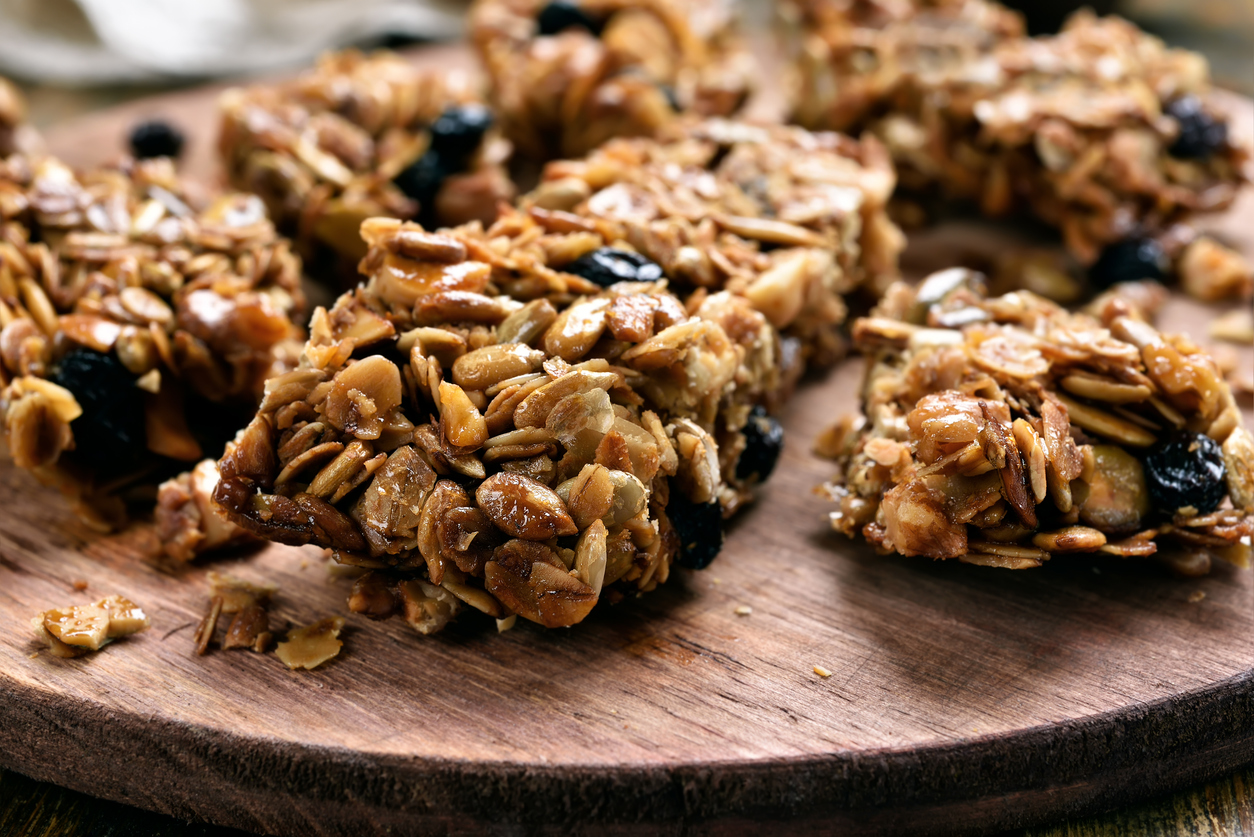
Energy Bar Exploration
Through project-based learning, students will develop, market, and brand a healthy energy bar and packaging to be sold to a target audience.

Through project-based learning, students will develop, market, and brand a healthy energy bar and packaging to be sold to a target audience.
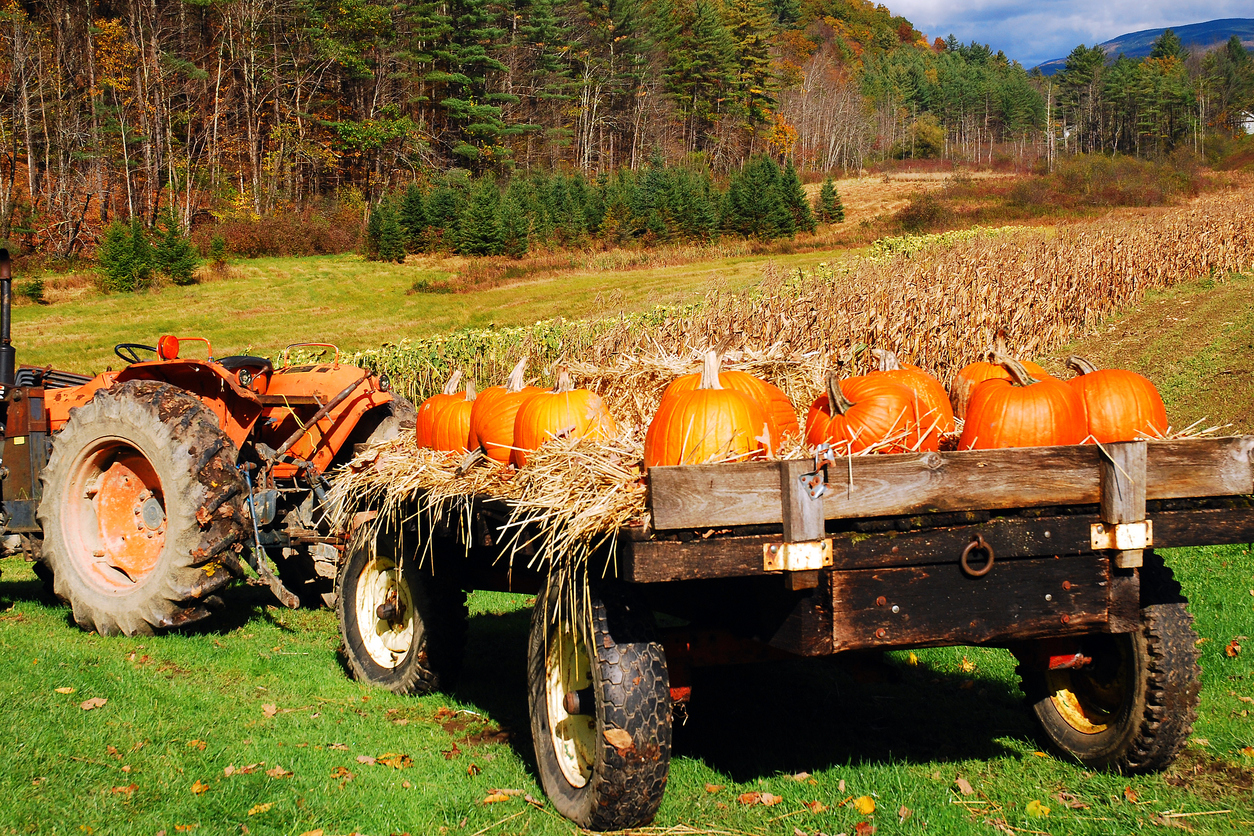
Through project-based learning, students will work in groups to design an agritourism experience that will increase profits for a family-owned farm and provide agricultural literacy opportunities for community members.

In this lesson students learn about water sources, water pollution, and water protection. Students participate in an activity where they demonstrate the water cycle and see the potential for our water supply to become contaminated.
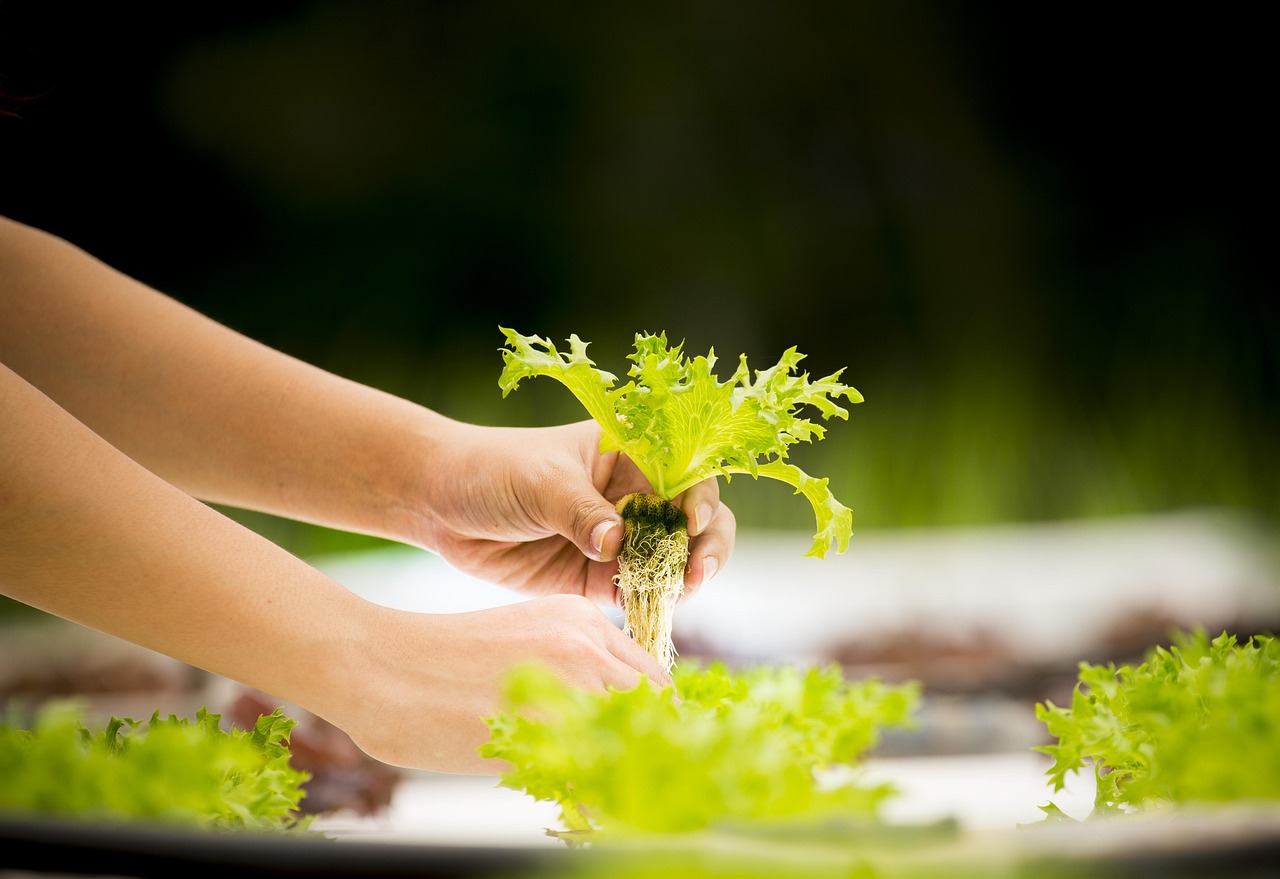
After learning the five basic requirements of plant growth, students discuss terms related to hydroponics. Students then build and maintain hydroponic units from soda bottles.
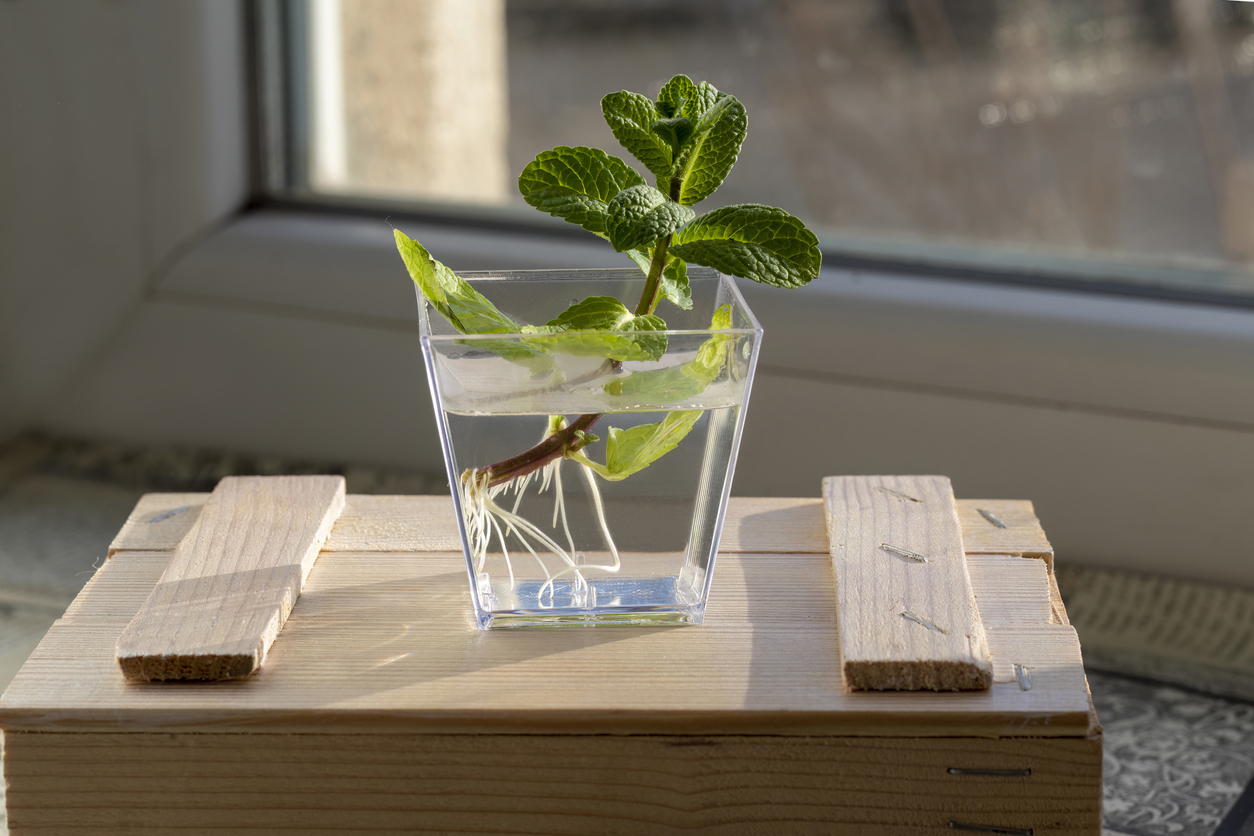
Students will learn about two types of plant propagation – seed planting (sexual) and stem cuttings (asexual) and recognize the genetic differences in these processes, as well as the advantages and disadvantages of each method.

In this lesson, students will gain background knowledge of the nutrient requirements of plants, how those nutrients are obtained by the plant, what farmers must do if the nutrients are not available in soils, and current issues related to agricultural production.

In this lesson, students will understand concepts about solutes, solvents, and parts per million as they learn how fertilizer solution is properly calculated and applied.

This lesson introduces agriculture as a managed system that has environmental impacts, and how farmers employ practices such as growing pulses to minimize these impacts.
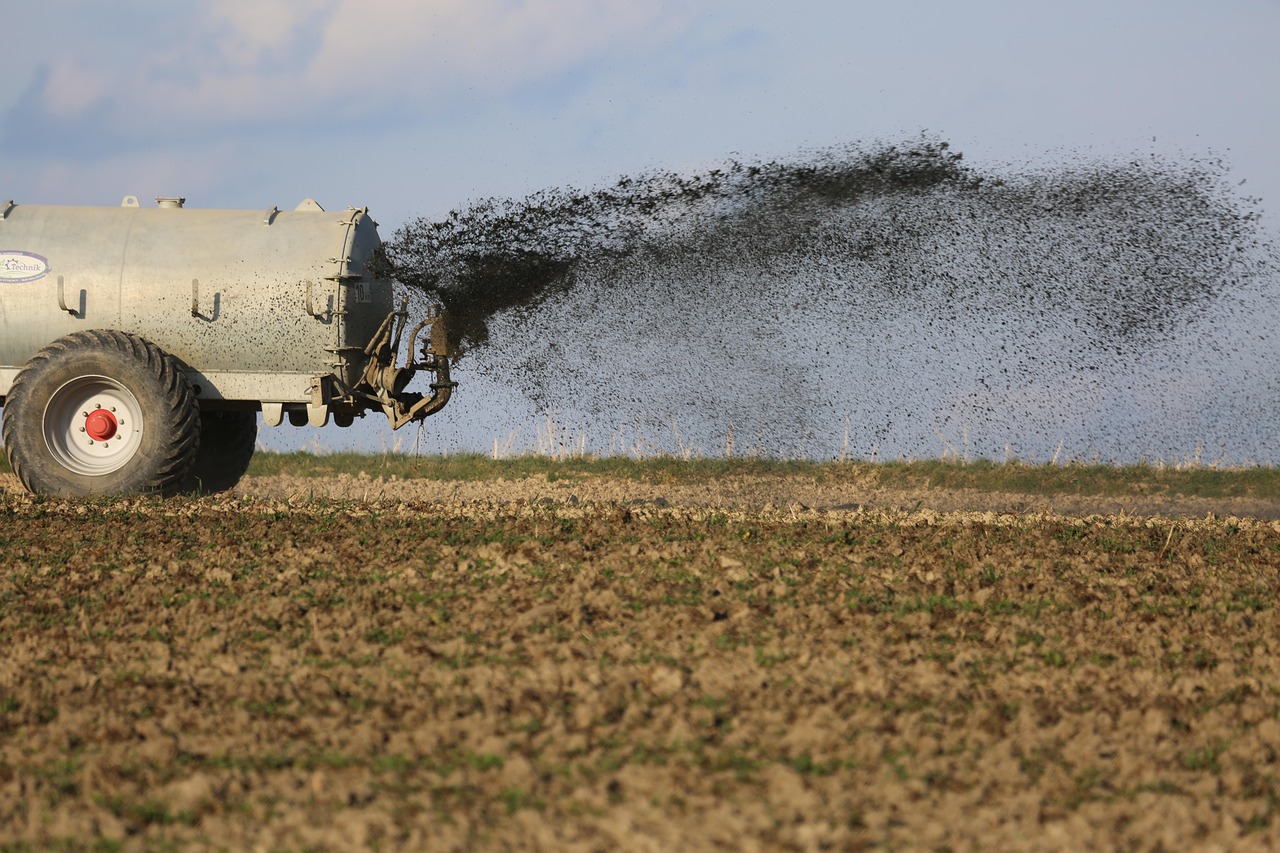
In this lesson students will understand that plants require nutrients in the proper concentrations. Students will discover that plants can be damaged or killed by either too many or too few nutrients.
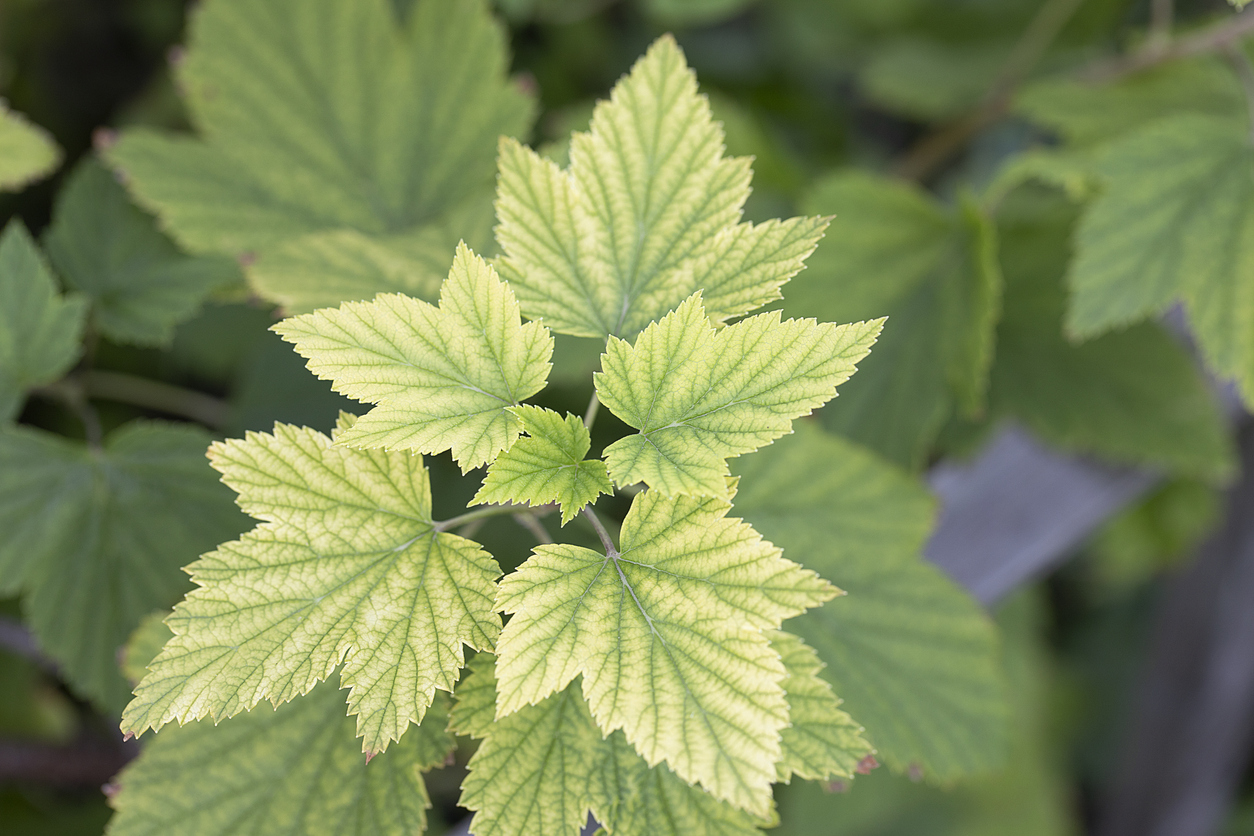
Students discuss the definition of “fertilizer” and relate it to plant nutrition and the need to restore nutrient balance in agricultural soils. They discuss how people and crops can suffer from nutrient deficiencies. Students assume the roles of plant doctors and diagnose nutrient deficiencies in corn plants.
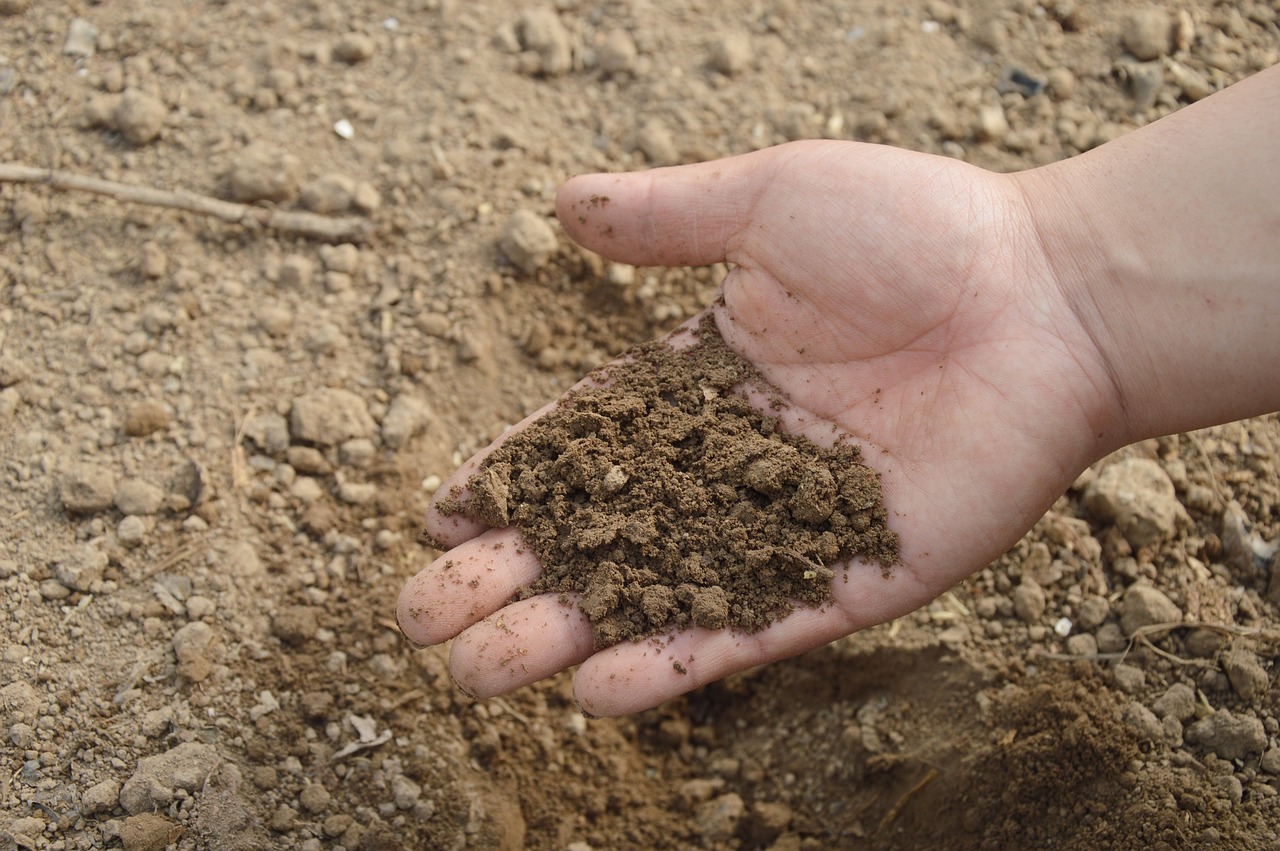
Students examine the components of different soils and recognize how sand, silt, and clay particles affect air space and water absorption.
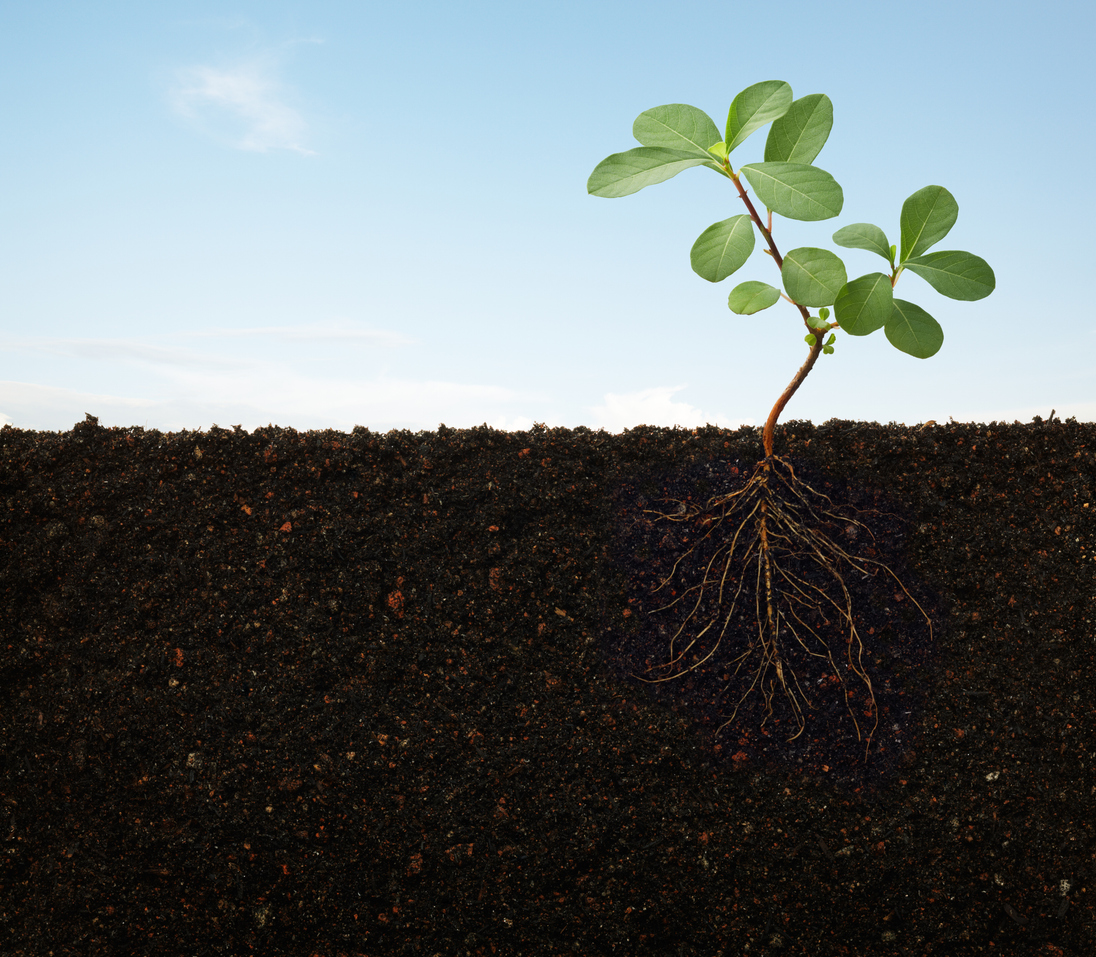
Students will recognize that plants remove nutrients from the soil, explain the roles of diffusion and active transport in moving nutrients from the soil to the plant, and relate the root and vascular systems of the plant to the human circulatory system.